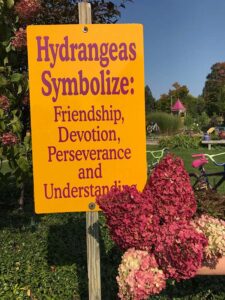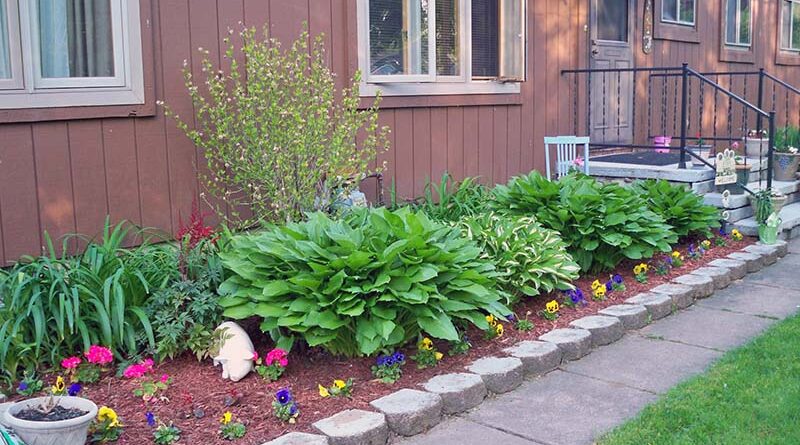Top Tips for ‘Brown Thumbs’
There are plenty of options to add beauty to your lawn
By Deborah Jeanne Sergeant
“Mary, Mary, quite contrary/How does your garden grow?”
If your answer is, “Not so well,” you can improve your growing techniques to help your home’s landscaping look great this season.
If you want to grow plants from seed, start early. You can begin many plants indoors from seed if you start them four to six weeks before the last frost. This gives them a head start on weeds that compete for their light, nutrients and water. If you grow plants in pots with new soil, this can ensure that you have low weed pressure. Always select the right type of soil for what you want to grow.
The seed packet or, in the case of seedlings and shoots, the stake or tag, will indicate the ideal soil type and other growing conditions.
If you do not know your land’s soil type, you can have it tested by Cornell Cooperative Extension (https://soilhealthlab.cals.cornell.edu). Extension agents can also help troubleshoot other issues.
Avoid finicky, non-native plantings. Instead, chose things well-suited to the local climate. As one example, Juan Ramos, supervisor at Lorenzo’s Landscaping in Syracuse, recommended hostas and decorative grasses. Available in a variety of colors and sizes, decorative grass is easy to grow and can fill in a bare spot in the landscape without taking over the rest of the yard.
“These are lower maintenance,” Ramos said.
Instead of individual flowers that will need plenty of weeding, “flowering bushes are nice,” Ramos said. “As they get big, they need trimming only twice a year.”

He offered hydrangeas as one example. Jim Sollecito, owner, Sollecito Landscaping Nursery LLC, is also a fan of them.
“The best floral bang for any buck would be the tried and true as well as new and compact varieties of Panicle Hydrangea,” he said. “They start showing off the end of June and go right through October, usually turning brighter and brighter red if we have cool evenings. Otherwise, a gently blush, which is also attractive.”
Planting flowering bushes and perennial flowers will save work next year. Many do not tend to retain their flowers as long as annuals. To add a punch of continuous color all season, add annuals.
Marigolds are also an easy-to-grow annual that reseeds itself. Planting one marigold in a bare portion of the flowerbed or in a planter can result in a bevy of blooms. Marigolds tend to shade out weeds, so it helps to start them early.
Wildflowers are also easy to grow and attract pollinators and butterflies. They can create a meadow-like ambiance to landscaping without requiring a lot of care.
“Depending on where you live, regarding deer damage potential, you still have many options,” Sollecito said. “If you are where deer tend to travel, stick with the newer varieties of Spirea, available in many flavors with the Proven Winners varieties. They’re worth the extra money.”
Like Ramos, he likes ornamental grasses, particularly the colorful smaller ornamental grasses.
“The pallet of smaller, ornamental grasses is just so lovely,” Sollecito said. “Not only do we consider them ‘wind dancers’ with their graceful forms swaying in the breeze, but once they attain their maximum size they stop growing. Now and forever, so if you want to look over something while seated and never have to prune to maintain that height, ornamental grasses must be on your shopping list.”
He recommends planting three to five plants in groupings of calming colors. Planning for sequential blooms can ensure color all season, such as early, mid- and late-summer flowers.
Vegetable gardens are not the only places to grow edibles on your property. Sollecito likes to incorporate Jewel or Bristol Black Raspberries, Polana Red Raspberries, Juneberries or Elderberries.
“They grow with little care, provide ample fruit to enjoy and allow for the birds to have a place for lunch,” Sollecito added.
Featured image: Hostas in a flower bed, still a classic favorite for those improving their landscape.

